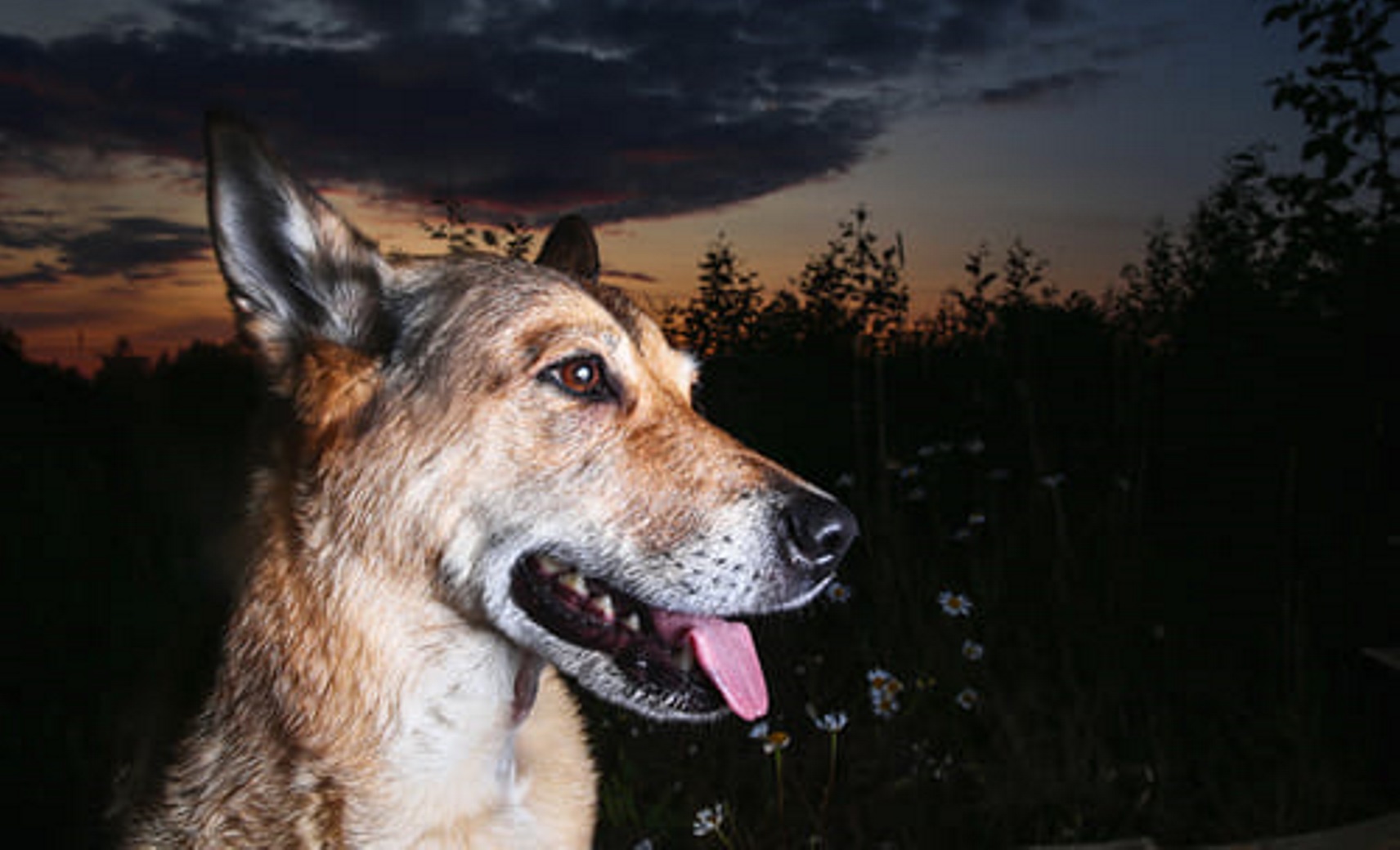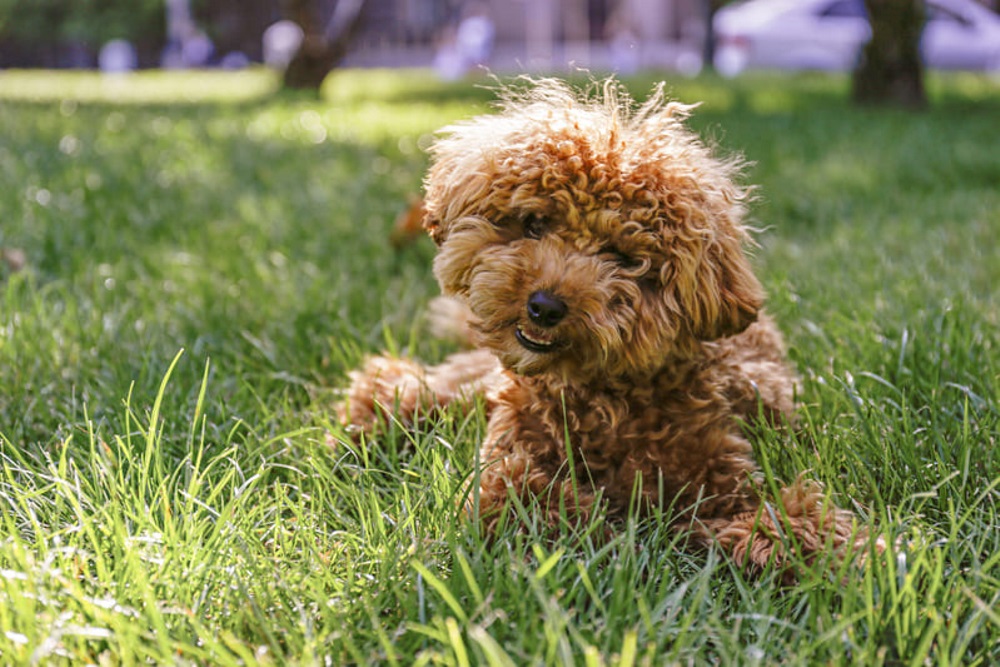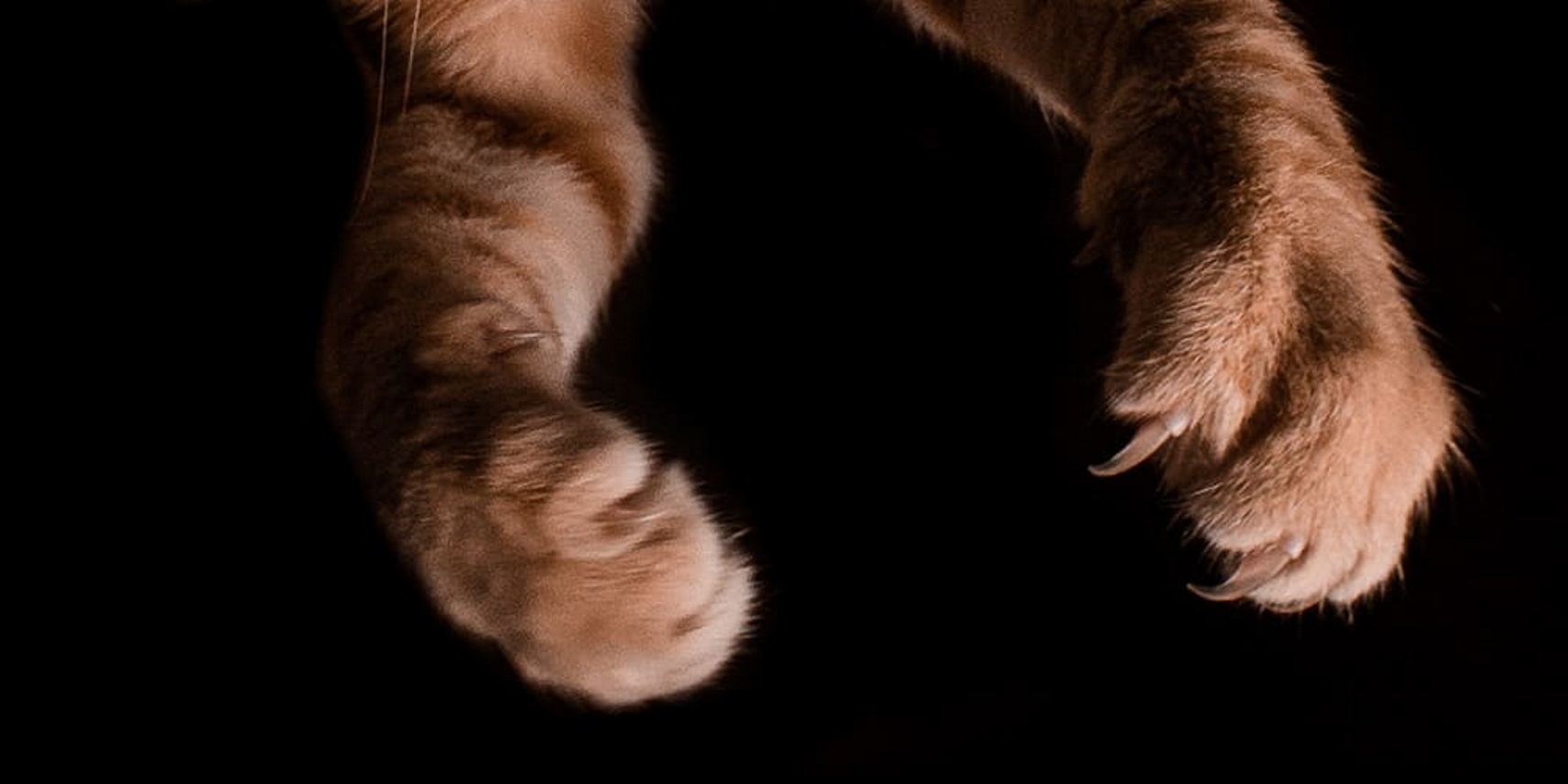Can dogs see in the dark?

Sometimes, on cold winter nights when you’re taking your pup out for a toilet before you both go to bed, shivering in the dark, you’ve probably wondered what your dog could possibly be staring at that’s stopping them from going to the toilet. They might start barking at a tree or running up and down the fence, but there’s nothing there!
Well, it’s likely that they’ve seen something that us humans can’t – maybe a possum in a hedge or a cat silently crawling across the back fence.
Does that mean dogs have night vision?
Not exactly, but they can see far better in the dark than humans. Research actually suggests that they can see up to five times better than us, which we can tell by comparing human and dog eyes. Though both of our eyes are built very similarly, there are a few key differences that separate us.
Both of us have photoreceptors, which are called rods and cones. Rods are the ones responsible for letting us see in low light, and dogs have a higher count of them, which is one reason why they’re more adapted to seeing in the dark.
Dogs also have larger pupils than humans, which let more light into their eyes when needed. This additional light bounces off the reflective tissues in the back of their eyes, letting them and the other mammals that possess this tissue more efficiently – which is why you might see your puppy’s eyes glowing at night or flashing in a picture.
Can they see better than people?
You might have heard that dogs can only see in black and white. That’s actually untrue; dogs do see colours, but just like they have a different perception of the dark, they also perceive colours differently. For them, they mostly see dull blue and yellow colours, and they also have a worse depth perception. While humans typically have 20/20 vision, dogs see in 20/75, meaning that they have to be 20 feet in front of something to see what humans could see from 75 feet.
So, while their colour and depth perception might not be as great, it’s their early ancestors they have to thank for their low light vision ability, who would’ve needed to see in the early hours of dawn and late hours of dusk for hunting.
Can some dogs see better than others?
Unfortunately, not all dogs are created equal; some have evolved to have better vision than others. Sighthounds such as greyhounds have developed a vision for catching other animals, whereas toy and small breeds have not evolved quite as much. Even within the same breed, dogs bred for working tend to have better vision than those bred for shows.
Some breeds are also more prone than others to eye conditions. Cataracts, glaucoma, sudden acquired retinal degeneration syndrome (SARDS), and progressive retinal atrophy (PRA) are all common illnesses that can greatly affect a dog's vision. Most common eye illnesses are ongoing conditions and can require costly ongoing treatments.
Lights on?
As mentioned, our pups can’t see in pitch black. That’s why a nightlight could make midnight toilet breaks easier for both of you, and why leaving a light on if you go out late could help your little friend be more comfortable by themselves. But if you forget – don’t stress! It’s only total darkness that dogs can’t see in, and lights from neighbours, cars and streetlights will keep your dog safe.
So next time you’re taking your pup outside on a late-night walk or a before-bed toilet time, you’ll know that they’re not staring or barking at nothing – it’s probably something you just can’t see!


